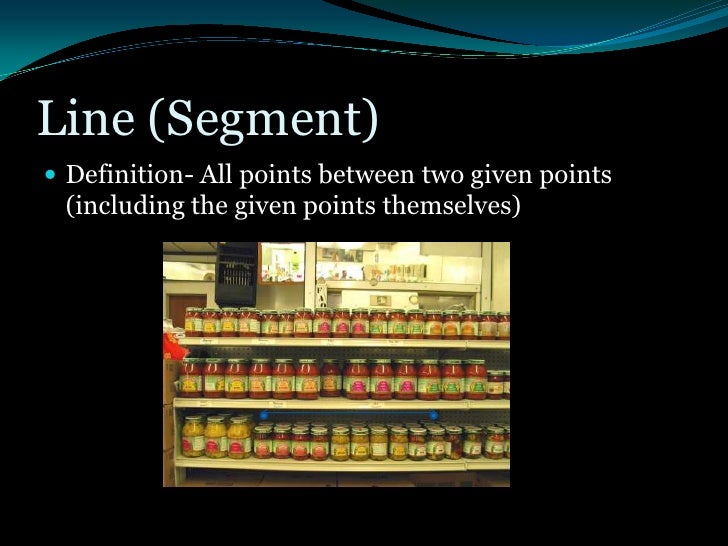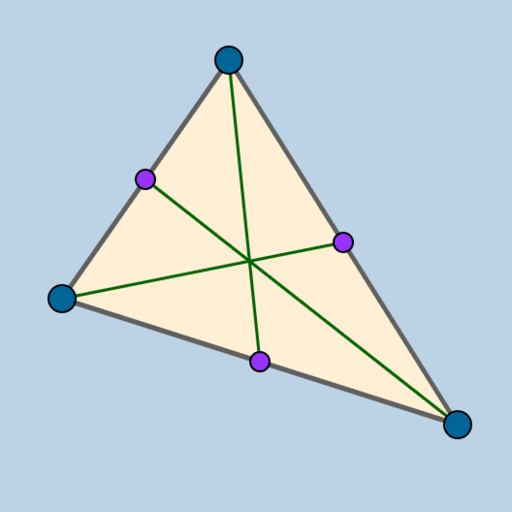

By understanding what “normal” looks like for customer feedback marketers can get much closer to pinpointing exactly who their target audience should be prior to launch day!

– Marketers need accurate customer feedback before launching products or services on a larger scale – but getting meaningful insights from raw survey/review data can sometimes be difficult without taking into account statistical tools like means averages & medians(to identify outliers) & modes/modals(to identify common trends). Here understanding what “average” looks like using medians can help investors make better decisions about where to invest their money – forecasting future growth opportunities through careful analysis of past & present market performance etc. – Knowing when investing whether something will yield good returns or not requires careful analysis using statistics such as mean averages/medians etc. Now let’s look at how these mathematical concepts can be applied outside of textbooks – specifically how they are used in everyday life scenarios such as choosing investments or analyzing customer surveys/reviews etc. Real Life Uses for Mode/Modal/Median Math Appliances The concept of median is useful for finding out what “average” looks like for all elements within that dataset – making it great for spotting outliers or determining overall trends from large datasets quickly and accurately. However when dealing with even numbers (like 6) then half way between two middle values has to be taken into account – for example 6 divided by 2 equals 3 so here our median would be 4 since it lies halfway between 3 and 5 (two middle values). When dealing with odd numbers (like 7) then finding out what’s considered middlemost is easy simply take half of 7 which would be 3 ½. The median value refers to the middlemost element or number within a given set of numbers or elements – when these numbers are arranged in numerical order from smallest to largest (or vice versa). For example: if we take our previous example (3, 5, 7, 8 ,10 and 12) then 8 would be considered the modal value since it occurs twice but not as frequently as 12 which occurs three times. As such modal values don’t necessarily appear statistically significant when compared with the other elements within a data set however they still offer valuable insights into certain trends or patterns within that same dataset.

It refers to an element or number that occurs more than once but not as frequently as the mode does. The modal value is slightly different from the mode. The mathematical concept of mode is useful for identifying trends when looking at large sets of data. To find the mode of a data set mathematically one has to determine which element appears most often in that data set. For example: consider a set of numbers 3, 5, 7, 8, 10 and 12 the mode would be 8 since it appears twice in that list. More simply put, it’s the element or number that appears most often. In mathematics, the mode is the most frequently occurring number within a given set of numbers. Real Life Uses for Mode/Modal/Median Math Appliances.


 0 kommentar(er)
0 kommentar(er)
